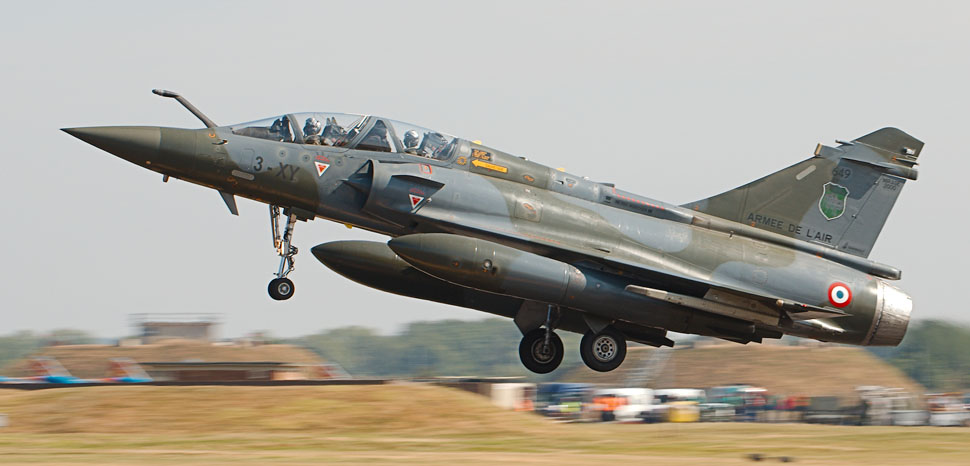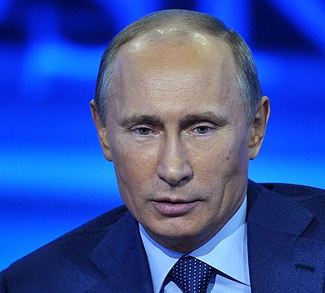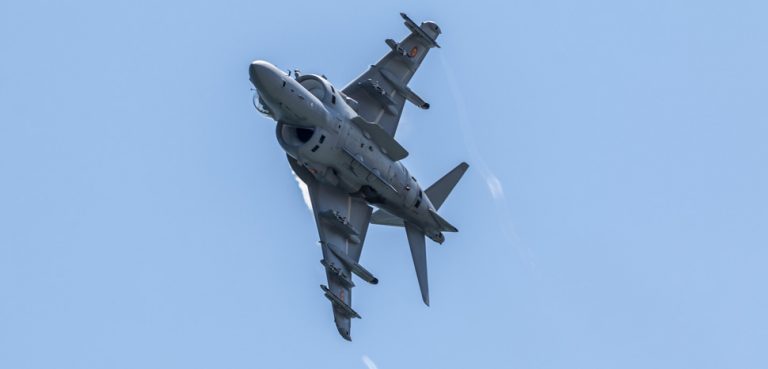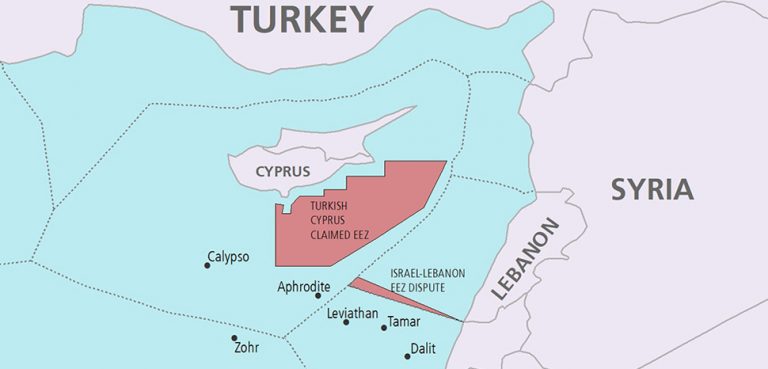Summary
The idea of collective EU defense has been around since the abortive European Defense Community of 1952. Yet over 50 years later, the continent still lacks the shared vision and organizational structures required to turn its oft-cited goal of ‘strategic autonomy’ into a reality. The challenge is compounded by the state of the European defense industry, which is fractured, organized along national lines, riddled with inefficiencies, and largely unable to maintain the extensive manufacturing base necessary to compete with global arms sales giants in the United States and Russia.
Yet the geopolitical shocks of the Ukraine crisis and the Trump presidency have shattered old paradigms, breathing new life into History on a continent that has been happy to ignore security matters since the end of the Cold War. Now the EU has its vision, but can Brussels push through integration in the ever-sensitive security sphere right when populist nationalism is surging across the continent? EU leaders are hoping that by incentivizing voluntary cooperation, they can induce the kind of industrial consolidation that would allow the EU to take greater responsibility for its own defense (and incidentally emerge as a major player in the global arms market).
Background
Amid a rising crescendo of nationalist populism across the continent, now is clearly not a good time for ‘more Europe.’ It’s hard to imagine a repeat of the Treaty of Lisbon process surviving the necessary parliamentary votes in the current political environment. On this score, EU leaders have gotten the message, notably France’s Macron and Germany’s Merkel – both of whom are facing growing anti-EU backlashes in their own countries. Instead of pursuing top-level, codified integration, they have opted for a voluntary and incentivized approach, one that puts bolstering the EU’s long-term capabilities at the center of its thinking. In other words, it doesn’t matter who controls the process so long as the bureaucratic and logistical roadblocks to practical cooperation are coming down and national governments are getting more out of their defense budgets.
The voluntary method’s biggest advantage is that it cuts across the thorny sovereignty issues that have so often derailed consensus in the 28-member bloc. The drawback is that it will take time to achieve any meaningful consolidation of the industry, and success is anything but guaranteed.
European Defence Fund (EDF)
Central to these efforts is the European Defence Fund (EDF), first announced by current EU Commission President Jean-Claude Juncker in 2016. The fund has been allocated 13 billion euros for the period between 2021-2027. The money will be funneled into research and new platform development; only collaborative projects between three or more member states will be eligible for support. Funding for new platform/technology development will be minimum 80% provided by member states (the EDF provides up to 20%). Research on the other hand can be fully funded by the European Defense Industrial Development Programme (EDIDP), a defense industry-specific initiative that will be rolled into the EDF in 2021.
One current example of an EDF-funded initiative is ACAMSII, which is developing adaptive camouflage for EU soldiers. The project has seen voluntary opt-in from governments and industry partners in France, Germany, Lithuania, the Netherlands, Portugal, and Sweden.
The EDF seeks to pool national resources to seed new and potentially dual-use technologies for EU military contractors. Though not a game-changer in and of itself, the fund represents a substantial increase from the paltry 200 million euros that has been invested into European defense-related technology on average every year since 2010. By way of comparison, the United States spent $51 billion on defense-related R&D in 2017.
Permanent Structured Cooperation (PESCO)
Established in 2017, the Permanent Structured Cooperation (PESCO) is another voluntary, opt-in mechanism, but in this case the contributions are legally binding under the terms of the Treaty of Lisbon. So far, 25 member states have signed onto the initiative.
PESCO has a more operational focus than the EDF, and seeks to help member states “jointly plan, develop, and invest in shared capability projects, and enhance the operational readiness and contribution of their armed forces. The aim is to jointly develop a coherent full spectrum force package and make the capabilities available to Member States for national and multinational (EU CSDP, NATO, UN, etc.) missions and operations.” PESCO is more focused on the practical demands of national militaries operating side-by-side in a hostile environment. Interoperability, harmonization, joint development, and the pooling of resources (even on major procurement programs) are the mechanism’s stated goals.
PESCO’s first 17 projects were approved by the EU Council in March of 2018. They include the establishment of the European Medical Command (EMC), a multinational medical task force; an initiative to streamline the cross-border movement of military vehicles within the EU; the establishment of a disaster relief training headquarters for a future EU disaster relief agency; and the development of underwater anti-mine drones.
Though 25 member states have opted into PESCO so far, the projects themselves also proceed on a voluntary basis. For example, only Belgium, Greece, Latvia, Netherlands, Poland, Portugal, and Romania have signed on for the underwater anti-mine drone project.
Early returns for PESCO are positive. The mechanism appears custom-made to skirt controversy: it’s voluntary (it doesn’t impose its will on members), it cedes ownership of all final technologies to member governments, and it draws funding from the EU budget (up to 30% under the auspices of the EDF), so PESCO support can be considered a sweetener meant to incentivize government-to-government defense cooperation. This lack of any burdensome, bureaucratic footprint has even allowed it to venture into controversial territory. For example, one of the latest approved projects includes a joint intelligence training center. Pooling intelligence resources has historically been a red line for many EU member states (at present only Greece and Cyprus are backing the project).
Germany’s Framework Nation Concept (FNC)
In addition to industrial and logistical collaboration efforts, steps are being taken toward increased interoperability and efficiencies between the militaries of member states. This has always been controversial territory given that it involves two sacrosanct elements of state sovereignty: the command structure, and the composition, of national armed forces. However, here too we see newfound political will following the outbreak of the Ukraine crisis in 2014.
The Framework Nation Concept (FNC) was first forwarded by Germany in 2013 in the NATO context. The original idea was to design a framework of interoperability between militaries that are widely disparate in size, allowing smaller armies to ‘slot into the backbone’ of larger ones, reducing the functional redundancies between them. For example, instead of every single EU member state maintaining an anti-aircraft corps, it would be far more efficient for a few smaller states to focus their procurement in that direction, developing a specialization that saves other militaries from wasting money on a redundancy. Then, in the event of a joint deployment, that anti-aircraft unit could slot into one of the larger EU militaries and increase the overall capacity of the joint operation.
Though the FNC is a voluntary initiative, it still has some evident drawbacks for the ardent nationalists of the bloc (for example, the smaller party that focuses on anti-air defense foregoes its own comprehensive national defense). But these concerns have not hampered the popularity of the plan. So far, over 20 nations have signed up to the German-led capacity-building initiative. France however remains on the outside looking in.
The FNC can now support divisions of up to 15,000 soldiers, and its institutional structure has continued to evolve and become more formalized since its inception. Looking ahead, it’s possible that the FNC could act as a springboard for further harmonization of equipment procurement and operational and command standards in EU militaries. Taken even further, it could eventually form the structural foundation of a future EU army.
Ad hoc initiatives
There’s a growing consensus that Europe has fallen behind on its own defense capacity and competitiveness in its defense sector, and this has given rise to a series of ad hoc bilateral and multilateral initiatives outside the purview of EU governing structures. After all, it’s frequently a win-win for close allies to collaborate on R&D and procurement, and such initiatives exist within NATO as well (eg, the Joint Strike Fighter). Broadly speaking, defense sector cooperation has two advantages: burden sharing on the expensive R&D bill for new (and potentially nonviable) military technologies, and procurement savings from greater economies of scale (the more buyers there are, the cheaper per-unit costs).
Accounting for a combined 40% of Western Europe’s industrial and technological base, France and Germany are leading the way in co-development of military technologies. The two governments announced plans to develop a sixth-generation fighter earlier this year. At the onset, the project includes France’s Dassault and the European consortium Airbus, but the list of collaborators is likely to grow in the near future. Possible other partners include Sweden’s Saab, Italy’s Leonardo, and Britain’s BAE systems (more on this below).
France and Germany are also teaming up to build a new battle tank. The project, a collaboration between Krauss-Maffei Wegmann and Nexter Defense Systems, will produce the next-generation European Main Battle Tank (EMBT) – imagined by optimists to be the European equivalent of the US M1 Abrams, which can upgrade and standardize Europe’s aging tank fleet in one fell swoop. Like the sixth-generation fighter initiative, the EMBT will try to attract defense contractors and secure political buy-in from potential buyers within the EU. It will be launched officially next year, and aims to be operational by 2035.
Germany and Norway have agreed to collaborate on the procurement of new 212CD-class submarines, which are being built by Thyssen Krupp Marine Systems. It’s possible that the Netherlands will also join the initiative at a future date. The Germany-Norway plan goes far beyond cost savings from economies of scale, envisioning comprehensive cooperation on the subs: co-training, exercises, spare parts, and maintenance. The identical design of the subs would allow for crews to mix or swap on the boats should the situation demand it.
Two major EU shipbuilders, France’s Naval Group and Italy’s Fincantieri, are also exploring a possible alliance to create “the Airbus of the seas” in the words of Fincantieri CEO Giuseppe Bono. Both countries make no secret of their desire for cooperation, saying it stems from the need for EU companies to come together to compete with bigger defense giants in the EU, Russia, and China. Fincantieri is also looking to cooperate with Italy’s state-controlled defense giant Leonardo on other naval technologies. The attempt illustrates another enduring characteristic of the EU defense industry: the lack of industrial consolidation on the national level as well as the continental level.
*This article is the second in a series:
Part 1: The EU Defense Industry: Background
Part 3: The EU Defense Industry: In the Shadow of Brexit
**Originally published on December 11, 2018.




